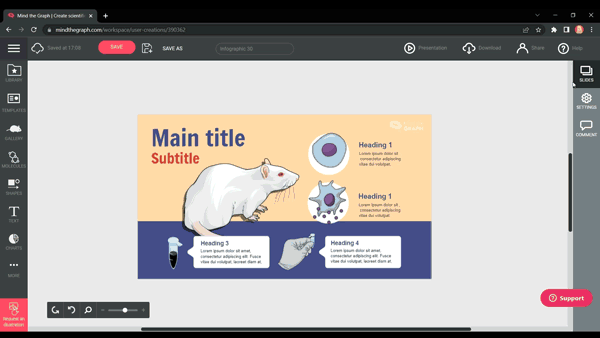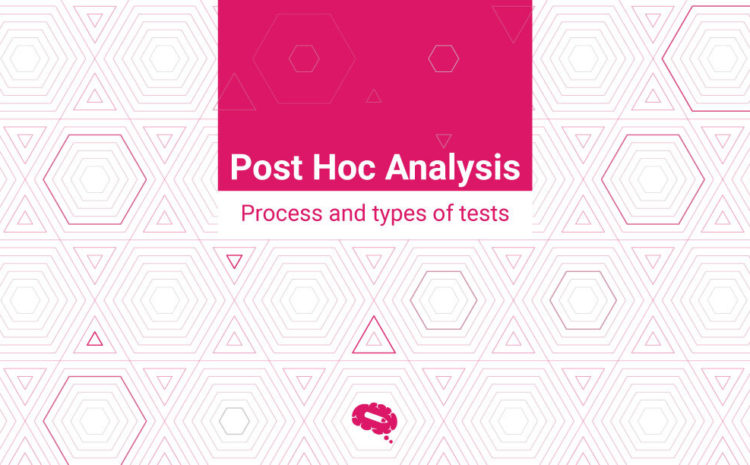Statistics parametric tests are a type of statistical analysis used to test hypotheses about the population mean and variance. These tests are based on the assumption that the underlying data follows a normal distribution and have several key properties, including robustness, reliability, and the ability to detect subtle differences in the data.
Parametric tests are often used in a variety of different applications, including medical research, market research, and social sciences. In these fields, researchers may use parametric tests to determine the significance of changes in population means or variances, or to determine if a particular treatment or intervention has had a significant impact on the data.
Most common types of statistics parametric tests
The t-test
One of the most commonly used parametric tests is the t-test, which is used to compare the means of two populations. The t-test assumes that the underlying data is normally distributed and that the variances of the two populations are equal. The test statistic is calculated using the difference in the means of the two populations, divided by the standard error of the difference.
ANOVA test
Another common parametric test is the analysis of variance (ANOVA), which is used to compare the means of three or more populations. The ANOVA test assumes that the underlying data is normally distributed and that the variances of all populations are equal. The test statistic is calculated using the ratio of the variance between the populations to the variance within the populations.
Other parametric tests
In addition to the t-test and ANOVA, there are several other statistics parametric tests that are used in different applications, including the paired t-test, the one-way ANOVA, the two-way ANOVA, the repeated measures ANOVA, and the mixed-design ANOVA. Each of these tests has different assumptions and test statistics, and is used to address different types of research questions.
One of the key benefits of parametric tests is that they are robust, meaning that they are not sensitive to the shape of the underlying data distribution. As long as the data is approximately normally distributed, parametric tests can provide accurate results.
Create amazing infographics in minutes
Mind the Graph is the perfect tool to bring your data together and present them visually. Use charts, tables and scientific illustrations to make your work easier to understand.
The reliability of statistics parametric tests
Another benefit of parametric tests is their reliability, as they are based on well-established statistical methods and assumptions. The results of parametric tests are highly repeatable and can be used to make valid inferences about the underlying population.
Despite their many benefits, parametric tests are not always the best choice for every data set. In some cases, the underlying data may not be normally distributed, or the variances of the populations may not be equal. In these cases, non-parametric tests may be more appropriate.
Parametric tests vs. Nonparametric tests
Non-parametric tests are a type of statistical analysis that do not make any assumptions about the underlying data distribution. Instead, they rely on the rank of the data to determine the significance of the results. Some common non-parametric tests include the Wilcoxon rank-sum test, the Kruskal-Wallis test, and the Mann-Whitney test.
When choosing between parametric and non-parametric tests, it is important to consider the nature of the data and the research question being addressed. In general, parametric tests are appropriate for data that is normally distributed and has equal variances, while non-parametric tests are appropriate for data that does not meet these assumptions.
Example of a statistics parametric test
Suppose a researcher is interested in testing whether there is a difference in the mean height of two groups of children – Group A and Group B. To do this, the researcher randomly selects 20 children from each group and measures their heights.
The researcher wants to know if the mean height of children in Group A is different from the mean height of children in Group B. To test this hypothesis, the researcher can use a two-sample t-test. The t-test assumes that the underlying data is normally distributed and that the variances of the two groups are equal.
The researcher calculates the mean height for each group and finds that the mean height for Group A is 150 cm and the mean height for Group B is 155 cm. The researcher then calculates the standard deviation for each group and finds that the standard deviation for Group A is 5 cm and the standard deviation for Group B is 4 cm.
Next, the researcher calculates the t-statistic using the difference in the means of the two groups, divided by the standard error of the difference. If the t-statistic is larger than a critical value determined by the level of significance and degrees of freedom, the researcher can conclude that there is a significant difference in the mean height of children in Group A and Group B.
This example demonstrates how a two-sample t-test can be used to test a hypothesis about the difference in means of two groups. The t-test is a powerful and widely used parametric test that provides a robust and reliable way to test hypotheses about the population mean.
Powerful tools for analyzing data
In conclusion, parametric tests are a powerful tool for statistical analysis, providing robust and reliable results for a wide range of applications. However, it is important to choose the appropriate test based on the nature of the data and the research question being addressed. Whether using parametric or non-parametric tests, the goal of statistical analysis is always to make valid inferences about the underlying population and to draw meaningful conclusions from the data.
Nothing can beat a flawless visual piece that delivers a complex message
Having difficulty communicating a large quantity of information? Use infographics and illustrations to make your work more understandable and accessible. Mind the Graph is an excellent tool for researchers who want to make their work more effective by using visually attractive infographics.


Subscribe to our newsletter
Exclusive high quality content about effective visual
communication in science.




